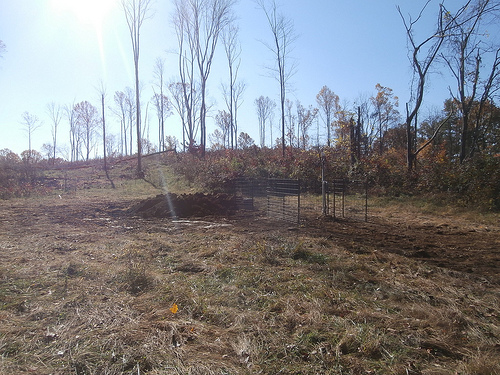O53A
New Philadelphia, OH, USA
The USArray component of the NSF-funded EarthScope project ended its observational period in September 2021 and all remaining close-out tasks concluded in March 2022. Hundreds of seismic stations were transferred to other operators and continue to collect scientific observations. This USArray.org website is now in an archival state and will no longer be updated. To learn more about this project and the science it continues to enable, please view publications here: http://usarray.org/researchers/pubs and citations of the Transportable Array network DOI 10.7914/SN/TA.
To further advance geophysics support for the geophysics community, UNAVCO and IRIS are merging. The merged organization will be called EarthScope Consortium. As our science becomes more convergent, there is benefit to examining how we can support research and education as a single organization to conduct and advance cutting-edge geophysics. See our Joining Forces website for more information. The site earthscope.org will soon host the new EarthScope Consortium website.




A seismometer is a very sensitive instrument that can detect movements of Earth's surface. The surface is in constant motion due to natural and man-made phenomena. For example, the solid Earth tide is caused by the gravitational pull of the moon stretching Earth. Tucson slowly rises and falls twice a day about 40 cm due to the moon orbiting overhead. Mining explosions are a source of seismic energy. Ambient seismic noise amplitude is measured in nanometers, and can have a frequency bandwidth from 10s of Hz to days.






